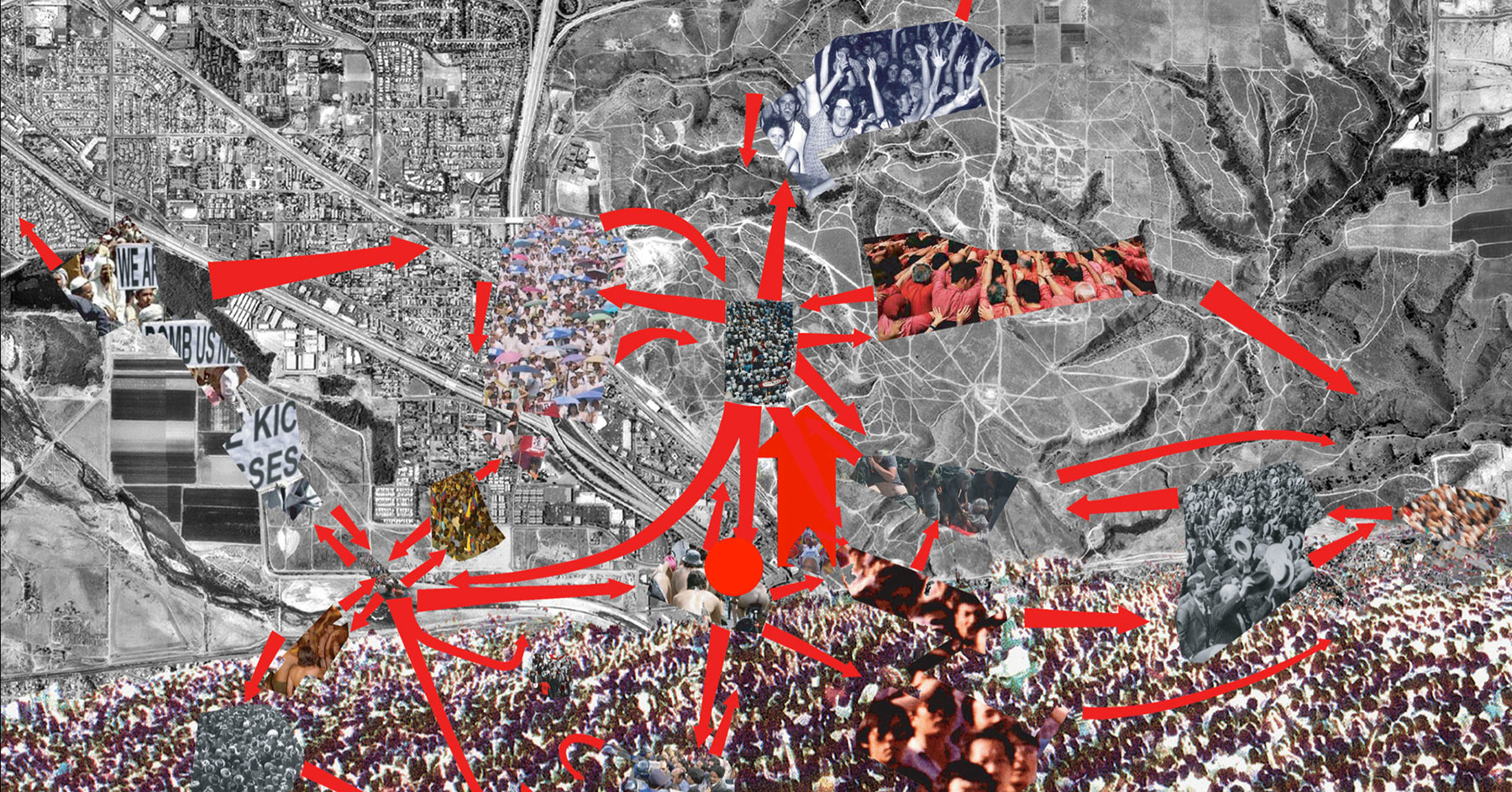 For those with an interest in bottom-up spatial practices, Teddy Cruz is a familiar name. For over two decades, the Guatemalan-born architect has researched conflict zones and cross-border urbanism, most notably along the San Diego-Tijuana border where the clash of of extreme wealth and poverty struck him upon moving to San Diego in 1982 to finish his architecture studies. Since founding his studio in 2000, Cruz has combined theoretical research, pedagogy and practice with the aim of expanding the role of architects beyond the design of buildings to the design of processes and urban policies. Using conflict as a creative tool, he believes architects can mediate the interface between top-down institutions and bottom-up intelligence to reshape urban policies that promote social justice and benefit marginalized communities through affordable housing and civic infrastructure.
For those with an interest in bottom-up spatial practices, Teddy Cruz is a familiar name. For over two decades, the Guatemalan-born architect has researched conflict zones and cross-border urbanism, most notably along the San Diego-Tijuana border where the clash of of extreme wealth and poverty struck him upon moving to San Diego in 1982 to finish his architecture studies. Since founding his studio in 2000, Cruz has combined theoretical research, pedagogy and practice with the aim of expanding the role of architects beyond the design of buildings to the design of processes and urban policies. Using conflict as a creative tool, he believes architects can mediate the interface between top-down institutions and bottom-up intelligence to reshape urban policies that promote social justice and benefit marginalized communities through affordable housing and civic infrastructure.
In 2013, Cruz joined forces with Fonna Forman, Professor of Political Theory and Founding Director of the Center on Global Justice at the University of California, San Diego, where Cruz is also Professor of Public Culture and Urbanization in the Department of Visual Arts. Exploiting their complementary knowledge of design and policy, together they have led a variety of urban initiatives including Casa Familiar, an affordable housing prototype in San Isidro that began in 2002, and the UCSD Community Stations, a universty-funded scheme that enables corridors of knowledge exchange between the university and marginalized communities.
At the center, or perhaps at the beginning, of their research process is the creation of what they call conflict diagrams: visual narratives composed of text, images and graphic elements that enable participants to construct a process map of a particular urban conflict. This relational political cartography of the multiple conditions, concepts and strategies helps to identify potential zones of intervention both in urban practice and scholarship. According to Cruz and Forman, conflict maps acknowledge that “designing political and socio-economic processes are prerequisites to architectural, urban or artistic practice.”
During their workshop with our students last month, Cruz and Forman asked students divided into four groups to develop a conflict diagram of an urban conflict of their choice. Browse through the results of the exercise in the gallery below.
Also, don’t miss our video interviews with Cruz and Forman, in which they explain the principles behind their work and comment on the results of US presidential election, their reaction to the AIA’s formal statement of collaboration with the incoming Trump administration, and how a Trump presidency will bear on civic institutions, their profession, and in particular the border communities with which they collaborate.

